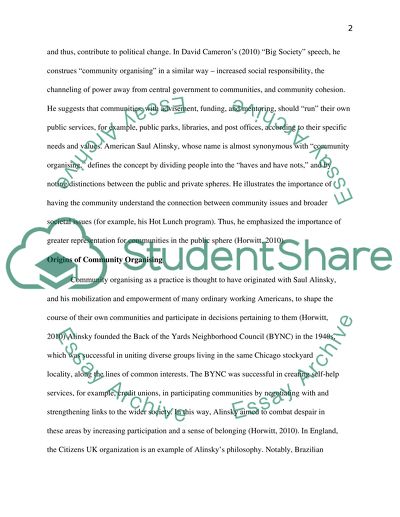Cite this document
(“The current UK coalition government has invested 14 million in a Essay”, n.d.)
Retrieved from https://studentshare.org/sociology/1466277-the-current-uk-coalition-government-has-invested-14-million-in-a-national-programme-of-community-organisers-between-2011-and-2
Retrieved from https://studentshare.org/sociology/1466277-the-current-uk-coalition-government-has-invested-14-million-in-a-national-programme-of-community-organisers-between-2011-and-2
(The Current UK Coalition Government Has Invested 14 Million in a Essay)
https://studentshare.org/sociology/1466277-the-current-uk-coalition-government-has-invested-14-million-in-a-national-programme-of-community-organisers-between-2011-and-2.
https://studentshare.org/sociology/1466277-the-current-uk-coalition-government-has-invested-14-million-in-a-national-programme-of-community-organisers-between-2011-and-2.
“The Current UK Coalition Government Has Invested 14 Million in a Essay”, n.d. https://studentshare.org/sociology/1466277-the-current-uk-coalition-government-has-invested-14-million-in-a-national-programme-of-community-organisers-between-2011-and-2.


